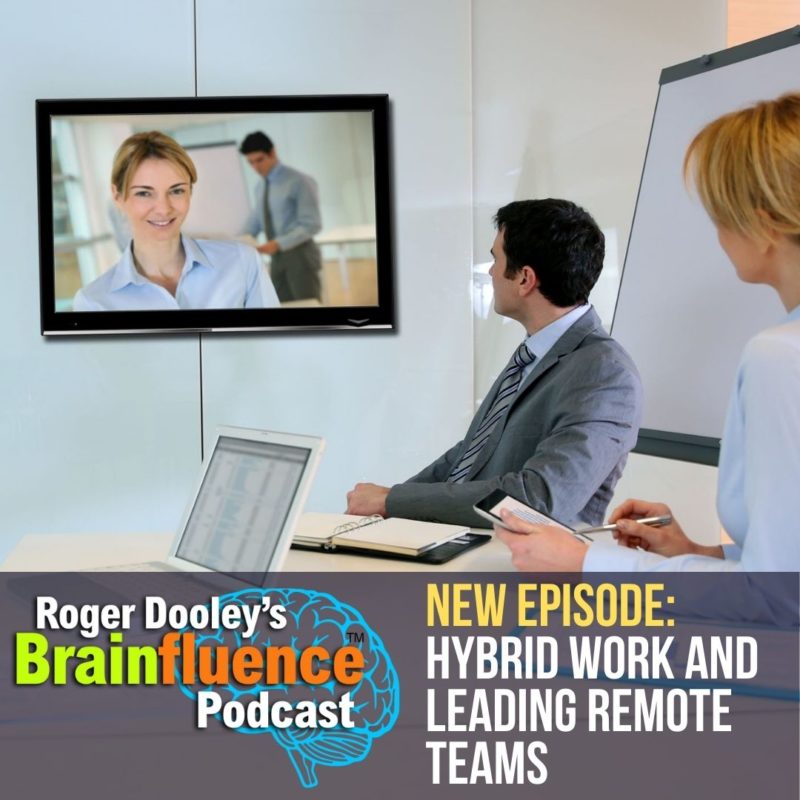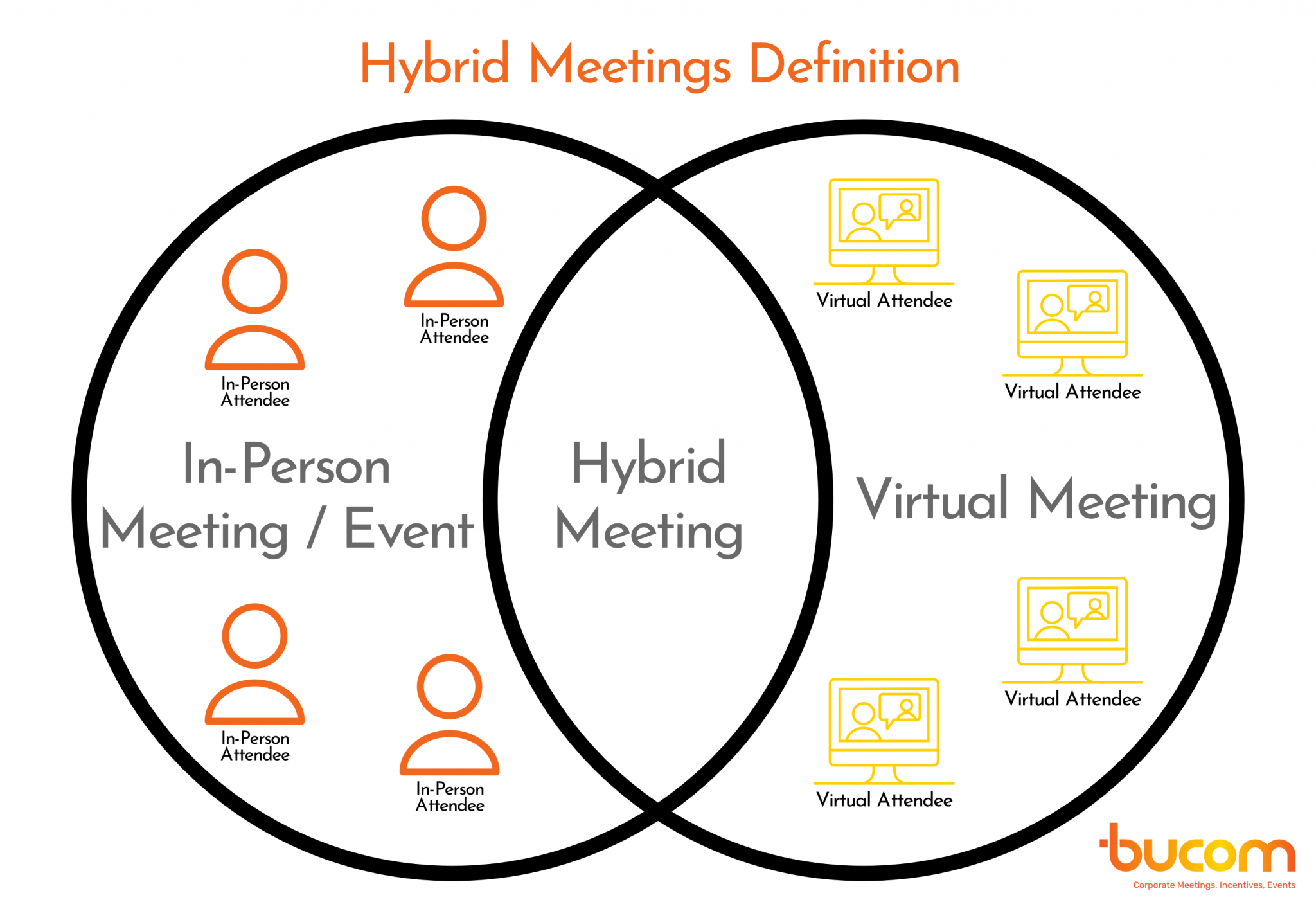


Research in behavioral science classifies the benefits of brainstorming in two ways: It involves groups of four to eight people gathering in a room to come up with new solutions to a pre-selected problem. In-person, synchronous brainstorming is a widely accepted approach to innovation. The Problem with Traditional Brainstorming Let’s start by taking a look at what’s not working and why. It’s time to admit that traditional brainstorming sessions need a serious overhaul. If you are a leader in our shifting world of work, don’t let yourself fall into this trap. But sadly, in my experience, both novel and seasoned leaders struggle to adapt due to judgment errors, or cognitive biases, that lead them to reject new practices in favor of more familiar ones. Luckily, the answers is “yes.” Extensive research shows that, when it comes to innovation, hybrid and remote teams can outcompete in-person teams by adopting best practices around digital communication and collaboration. The question has now become: Is there a better way to brainstorm effectively while working in a remote or hybrid environment?

But over the past two years, as work has moved remote, many managers have tried to replicate this in-person experience virtually, using traditional brainstorming methods despite a lack of evidence that they produce valuable results. Leaders at all levels use this strategy to promote innovation. You get into a room with your team, throw ideas at the wall, and see what sticks. As an individual contributor, you’ve probably participated in a few, or maybe you’ve even led your own as a new manager. Running a brainstorm is a great way to explore new ideas. Begin by picking a shared collaboration tool, ask participants to submit their ideas (even if they’re contradictory), evaluate ideas through anonymous voting or polling sessions, and then you can decide to meet in-person or discuss shortlisted ideas virtually. It can be done with remote, hybrid, or in-person teams, but just requires everyone to not be in the same room.Virtual brainstorming, on the other hand, provides a better experience for group members as a whole, generates more novel ideas, and balances the preferences of introverts and extroverts, optimists and pessimists, and lower- and higher-status members.While most of us are used to traditional brainstorming and know of it as a great tool for building team alignment and collaboration, it’s much less successful for generating innovation. Worse, when we try to recreate a traditional brainstorming session in the virtual realm, we lose all the positive energy and benefits of being in-person, and keep all the cons.As work went remote, many managers tried to replicate in-person experiences in the virtual world, without much success.

You get into a room with colleagues, throw ideas at the wall and come out with what sticks. Some of us may have run traditional brainstorm meetings or most likely been part of a few.


 0 kommentar(er)
0 kommentar(er)
